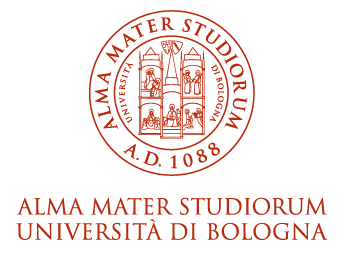- Docente: Silvia Prati
- Credits: 6
- SSD: CHIM/12
- Language: Italian
- Teaching Mode: Traditional lectures
- Campus: Ravenna
- Corso: Single cycle degree programme (LMCU) in Conservation and restoration of cultural heritage (cod. 8616)
-
from Jan 29, 2024 to Apr 15, 2024
Learning outcomes
The student will acquire knowledges related to the composition, structure, properties and chemical transformation of materials used in art. Moreover the student will be introduced at the use of chromatographic and spectroscopic techniques employed for the charcaterisation of artistic samples.
Course contents
Wall paintings and mobile paintings:
Materials (pigments, binders, varnishes)
Chemical transformations
Methods of conservation and restoration
Diagnostic techniques for the characterization of the aforementioned materials
Readings/Bibliography
La chimica nel restauro. I materiali dell'arte pittorica,
Mauro Matteini Arcangelo Moles
Nardini, 2007
Teaching methods
Lessons with the support of slides, videos and exercises
Activities in the chemical laboratory are planned. To attend the practical part students are required to attend Module 1 and 2 in e- learning mode [https://www.unibo.it/it/servizi-e-opportunita/salute-e-assistenza/salute-e-sicurezza/sicurezza-e-salute-nei-luoghi-di-studio-e-tirocinio] and a Module 3 about health and safety in study places. Information about the dates and modes to attend module 3 will be published on the Degree Course website.
Assessment methods
The final exam consists of a discussion on the topics covered in class, aimed at the evaluation of the theoretical knowledge acquired during the course, the possession of a specific language and the acquisition of an organic vision of the topics covered in class.
Good or excellent grades can be achieved by students who demonstrate a critical knowledge of the subject, who are able to apply theoretical concepts to practical examples and make use of an appropriate language. Mostly mnemonic knowledge, limited abilities of synthesis and analysis and imprecise language lead to grades ranging from discrete to sufficient. Important gaps, inappropriate language, lack of an overview of the topics covered will inevitably lead to a barely adeguate grade or to a negative evaluation.
Office hours
See the website of Silvia Prati
